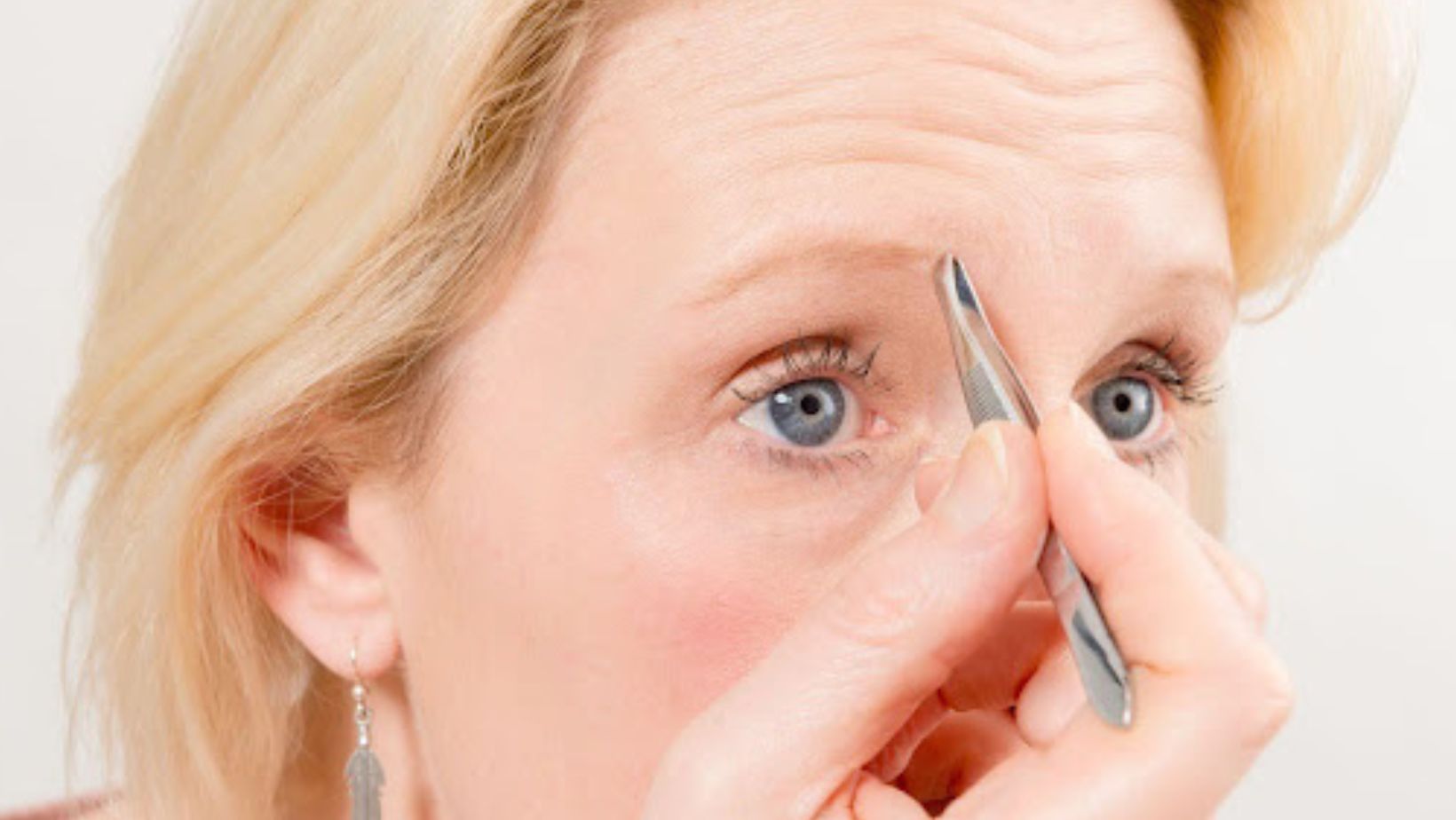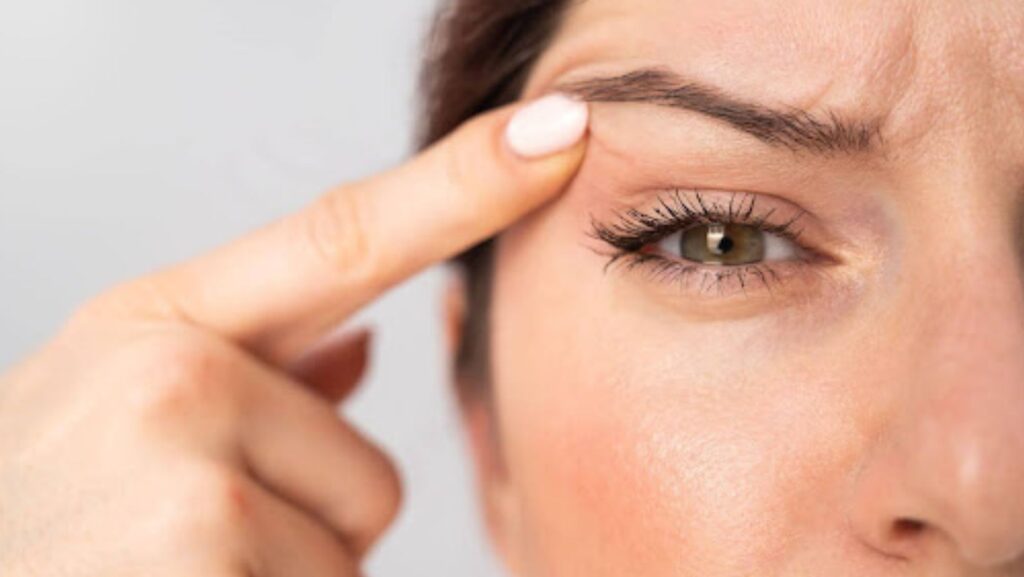Eyebrow hair thins as part of natural biological processes, influenced by age, genetics, and hormonal fluctuations. Many ask, “Why are my eyebrows thinning?” seeking solutions for fuller, healthier brows. Thinning is not solely cosmetic; it can reflect underlying physiological changes. Professional care and targeted maintenance can slow hair loss and support growth where follicles remain viable.
Common Causes of Eyebrow Thinning
Age and Hormonal Changes
Hair follicles gradually produce finer hair over time. Hormones, particularly thyroid hormones, and fluctuations in androgens, directly affect follicle activity. Reduced hormone levels can decrease growth cycles, leading to thinner eyebrows over time.
Genetics
Genetic predisposition dictates hair density, growth cycles, and follicle resilience. Individuals with family patterns of sparse brows often experience similar thinning, independent of grooming practices.
Medical Factors and Medications
Certain autoimmune disorders, nutrient deficiencies, and medications can compromise hair density. Conditions such as alopecia areata or prolonged corticosteroid use may accelerate follicle miniaturization. Maintaining proper nutrition and consulting a specialist ensures follicles retain optimal function.
In cases where natural regrowth is limited, individuals may explore professional options such as an eyebrow transplant in Edmonton to restore hair in areas affected by thinning. These procedures provide a precise, long-term solution when follicles are no longer viable.
Habits That Contribute to Brow Loss
Several grooming habits accelerate thinning, particularly when hair is repeatedly stressed:
- Avoid overplucking. Continuous plucking can damage follicles and may permanently reduce hair growth.
- Exposure to harsh chemicals, dyes, or frequent bleaching weakens hair shafts.
- Mechanical trauma from rubbing, scrubbing, or aggressive makeup removal compromises hair integrity.
Eliminating these practices preserves existing density and prevents irreversible follicle damage.
Proven Eyebrow Care Tips for Healthy Brows
Professional care focuses on maintaining follicle health and minimizing hair loss. Recommended eyebrow care tips include:
- Gentle cleansing with mild, non-irritating products to maintain the follicle environment.
- Periodic trimming to maintain shape without compromising hair volume.
- Avoid aggressive threading or waxing on fragile areas.
- Shielding brows from UV exposure, which can degrade hair proteins and reduce lifespan.
Adherence to these methods sustains hair health and prepares follicles for potential regrowth.
Scientific Approaches to Regrow Eyebrows Naturally

Natural regrowth relies on stimulating viable follicles and providing optimal nutrients:
- Nutrition: Adequate protein, iron, zinc, biotin, and essential fatty acids support hair growth cycles.
- Topical Support: Oils such as castor and coconut oil can nourish follicles when applied consistently and gently.
- Mechanical Stimulation: Light massage of the brow area can enhance blood flow, promoting follicle activity.
Results depend on individual biology. Consistency, patience, and follicle viability determine the outcome.”
Advanced Considerations for Maintaining Thicker Eyebrows Naturally
Long-term brow density depends on avoiding follicle trauma and supporting a growth environment.
- Assess systemic health, including thyroid function and nutrient absorption, to address root causes.
- Moderate grooming techniques prevent cumulative damage.
- Avoid cosmetic procedures that remove or stress hair unnecessarily.
- Monitor medications or treatments known to influence hair cycles.
A structured approach integrating targeted care, healthy habits, and nutrient support optimizes brow fullness over time.
For a comprehensive review of eyebrow and eyelash hair loss, including underlying medical causes and treatment strategies, see this PubMed clinical review.
Psychological and Cosmetic Perspective
Eyebrow thinning can affect self-image. Professional guidance, realistic expectations, and safe interventions ensure satisfaction while maintaining natural follicle function. Temporary cosmetic enhancements, such as brow gels or microblading, should complement biological strategies rather than replace care.
Final Thoughts
Eyebrow thinning is influenced by biological, genetic, and environmental factors. Effective maintenance involves following eyebrow care tips, avoiding follicle-damaging habits like overplucking, and supporting growth with proper nutrition and gentle topical treatments.
Consistent care preserves existing hair, strengthens follicles, and helps achieve thicker eyebrows naturally over time.
